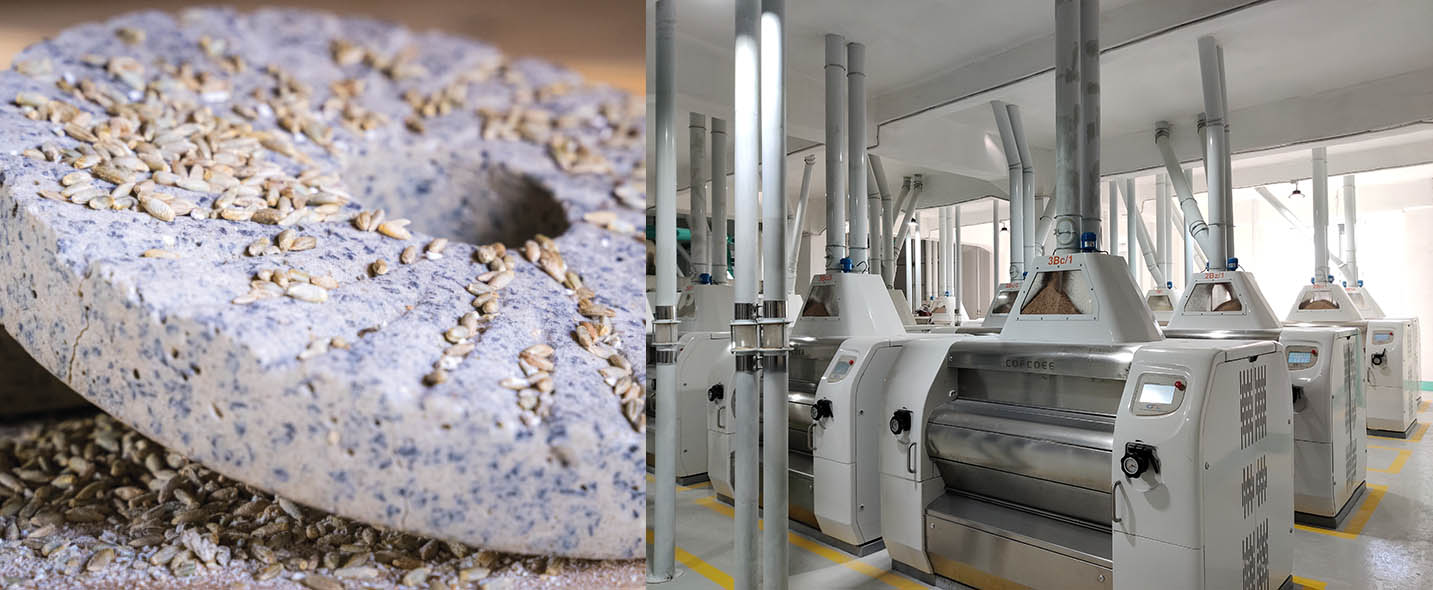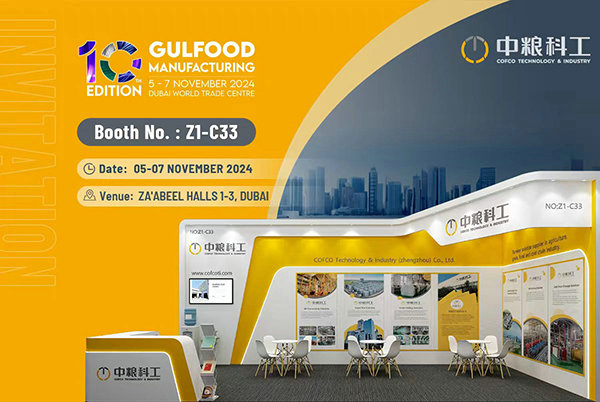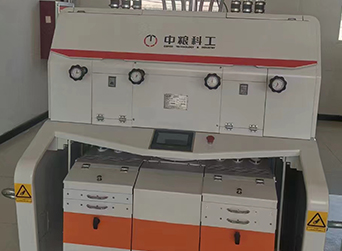The past and present of flour milling
2023-04-11
Flour milling has undergone significant advancements over time, with new technologies and methods being developed to improve the efficiency and quality of the process. In this essay, we will explore the history, process, and contemporary methods of flour milling.
The History of Wheat Flour Milling:
The earliest evidence of flour milling dates back to the Neolithic era, when humans used crude stone tools to grind grains into flour. Over time, this process evolved, and the use of quern stones, a hand-powered grinding tool made of two stones, became the standard method of milling. However, the invention of the water mill in the 3rd century BCE revolutionized the milling process. Water-powered mills were faster, more efficient, and produced higher-quality flour.
During the Industrial Revolution, the invention of steam-powered mills further improved the process. Mills could produce flour at a much faster rate, and the quality of the flour improved due to the use of steel rollers, which removed the bran and germ from the grain more efficiently, which increased production and made flour more accessible to the masses.
Modern Wheat Flour Milling:
Modern methods of flour milling have evolved significantly since the days of hand-powered quern stones. Today, large industrial mills use high-tech equipment and processes to produce flour efficiently and with consistent quality. Today, wheat flour milling is a highly mechanized and automated process that utilizes sophisticated machinery and technology to produce consistent and high-quality flour on a large scale with more attention to energy consumption.
In conclusion, flour milling is an essential process that has played a vital role in human civilization for thousands of years. The process has evolved significantly over time, Today, modern methods of flour milling use high-tech equipment and processes to produce flour with consistent quality, higher efficiency, and more and more paying attention to food safety. As a result, flour milling remains an essential component of the food industry, providing a staple food source for people all around the world.

The History of Wheat Flour Milling:
The earliest evidence of flour milling dates back to the Neolithic era, when humans used crude stone tools to grind grains into flour. Over time, this process evolved, and the use of quern stones, a hand-powered grinding tool made of two stones, became the standard method of milling. However, the invention of the water mill in the 3rd century BCE revolutionized the milling process. Water-powered mills were faster, more efficient, and produced higher-quality flour.
During the Industrial Revolution, the invention of steam-powered mills further improved the process. Mills could produce flour at a much faster rate, and the quality of the flour improved due to the use of steel rollers, which removed the bran and germ from the grain more efficiently, which increased production and made flour more accessible to the masses.
Modern Wheat Flour Milling:
Modern methods of flour milling have evolved significantly since the days of hand-powered quern stones. Today, large industrial mills use high-tech equipment and processes to produce flour efficiently and with consistent quality. Today, wheat flour milling is a highly mechanized and automated process that utilizes sophisticated machinery and technology to produce consistent and high-quality flour on a large scale with more attention to energy consumption.
In conclusion, flour milling is an essential process that has played a vital role in human civilization for thousands of years. The process has evolved significantly over time, Today, modern methods of flour milling use high-tech equipment and processes to produce flour with consistent quality, higher efficiency, and more and more paying attention to food safety. As a result, flour milling remains an essential component of the food industry, providing a staple food source for people all around the world.





